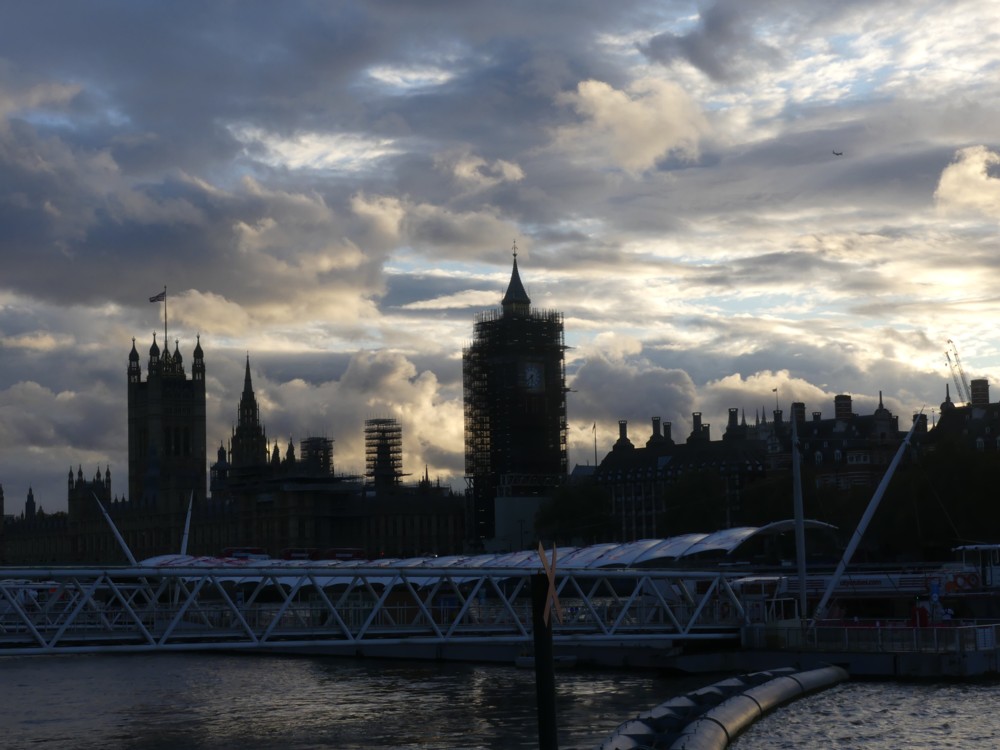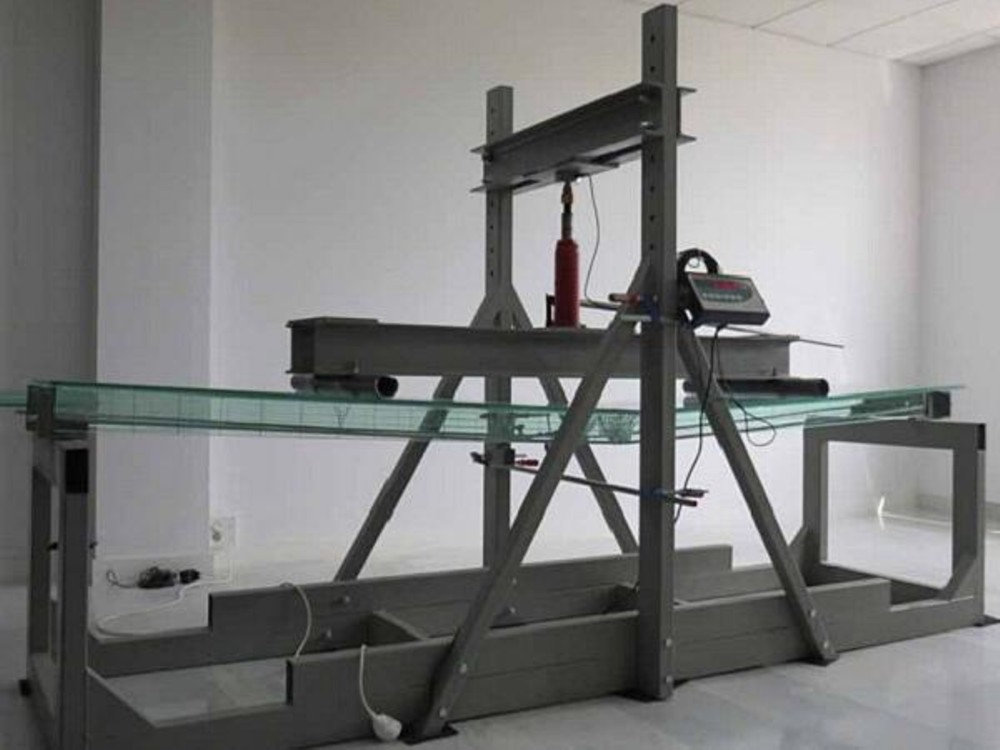While channel hopping of an evening, I recently realised that episodes of the television version of Rebus are now being shown again. Having already read most of the books, I have found these Rebus TV adaptations to be frustratingly simplified and compressed. The books are complicated odysseys taking many days, and often weeks or even months, to unfold. They certainly take me several days to read. But these TV shows are brisk evening strolls by comparison. I paid less attention to the John Hannah episodes because he seemed to me wrong for the part of Rebus, and presumably also to many others because he soon made way for Ken Stott, who can say some innocuous line like “Is that right?” and send a shiver down your spine. And in general, I find the casting and the acting of the Ken Stott shows to be excellent. It’s just that convoluted stories like these need a decent number of hours and episodes to have their effect. You can’t do books like this justice in an hour and a bit for each entire book.
So, I’ve now been going back to the books to find out all the things that happened in them, as opposed to merely watching the highlights in the evening. Here is the very latest Rebus, which came out at the beginning of this month. But meanwhile, not wanting to buy a hardback of that latest one, and provoked by the TV version of Let It Bleed, I recently re-read that in the original. I’m a slow and easily distracted reader but I sped through it, having totally forgotten everything from when I first read it a decade or more ago.
I was especially entertained by a little snippet early on. The time is the mid-nineties, and Rebus is in the pub with his drinking cronies, one of whom is called Salty. Salty has an on-and-off career as an IT guy in “Silicon Glen”, and Salty is to be heard holding forth on the future of the internet and related matters (pp. 35-36):
‘So what I’m saying is, you can go anywhere on the superhighway, anywhere, and in future it’ll be even bigger. You’ll do your shopping by computer, you’ll watch telly on it, play games, listen to music … and everything will be there. 1 can talk to the White House if I want. I can download stuff from all over the world. I sit there at my desk and I can travel anywhere.’
‘Can you travel to the pub by computer, Salty?’ a drinker further down the bar asked.
With the wisdom of hindsight, we now know that there was more to all this than merely sitting at a desk, the way I am now. Computers have now gone miniature and mobile. Your computer won’t (yet) actually take you to the pub, but you can now take it to the pub with you.
So what does Salty say next?
Salty ignored him and held his thumb and forefinger a couple of inches apart. ‘Hard disks the size of credit cards, you’ll have a whole PC in the palm of your hand.’
Not bad for 1995, which is when this first came out. I had a vague recollection of Ian Rankin having been some sort of IT guy himself, before he got stuck into doing Rebus books, which would have explained his foresight in these matters. But no, there is no IT work in his bio, other than writing Rebus books on his own computer. He got all that stuff about the “superhighway”, and about mobile phones, from just picking people’s brains in pubs. (Which I am convinced was something that Shakespeare also did.)
When I recently encountered that TV version of Let It Bleed I didn’t give it my full attention, but this little pub scene is just the kind of thing that would probably have got cut from it. Doesn’t drive the plot forward quickly enough. Just background. But strip out all the “background” and the foreground becomes a dead and drearily predictable skeleton, which not even Ken Stott can save, rather than the complex living creature that you get hooked on when you read one of the books.
Maybe one day, televisual justice will be done to and for Rebus.










